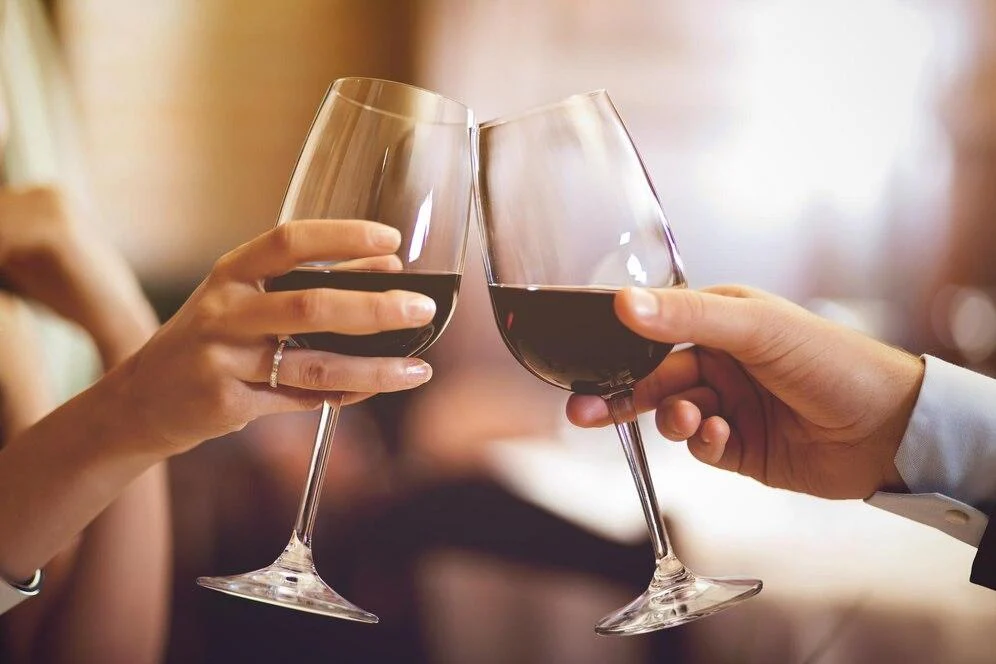Wine enthusiasts often face a delightful dilemma: Should you uncork that special bottle tonight or let it age gracefully in your cellar? Understanding when to drink versus when to hold wine can transform your wine experience from good to extraordinary. The decision involves multiple factors, including wine type, vintage, storage conditions, and personal preferences. Most wines available today are crafted for immediate consumption, with only premium bottles benefiting from extended aging. The key lies in recognizing the optimal drinking windows for different wine styles while considering proper storage techniques that preserve quality over time. Whether you’re building a collection or simply wondering about that bottle you’ve been saving, mastering wine timing ensures every glass delivers maximum pleasure and value.
Understanding Wine Drinking Windows
Different wine types have distinct optimal consumption periods that maximize their flavor potential. White wines typically maintain their best qualities for 1-3 years from the vintage date, while rosé wines should be enjoyed within 1-2 years of bottling. Red wines generally offer a longer drinking window of 3-5 years, though this varies significantly based on grape variety and winemaking techniques.
Prosecco and sparkling wines demand immediate consumption, as their effervescence and fresh character deteriorate quickly over time. Similarly, wines stored in clear bottles should be consumed immediately or within one year, as light exposure accelerates aging and can compromise flavor integrity.
The aging process affects wines differently – white wines gradually lose their vibrant fruit character and fresh acidity, while red wines develop complex secondary flavors like leather, earth, cedar, and warm spices as their tannins soften and integrate.
Optimal Daily Timing for Wine Consumption

Wine o’clock varies depending on your goals and circumstances. For serious wine tasting and appreciation, the period between 11 AM and 1 PM represents the optimal window. During these hours, your mouth is naturally drier, and saliva buildup hasn’t yet altered your taste perception, allowing you to fully experience the wine’s true character.
For casual enjoyment, 5-6 PM emerges as the most popular choice, with 43% of wine drinkers preferring this timeframe. This timing works well because you’re typically hungry before dinner, which builds appetite and enhances the wine experience. Wednesday evenings specifically show the highest wine consumption, with men typically starting at 6:40 PM and women at 7:07 PM.
The psychological concept of “anchoring” explains why evening wine consumption feels natural – we associate wine with relaxation and the transition from work to leisure time.
Proper Wine Storage for Aging
Successful wine aging requires precise environmental control. Maintain consistent temperatures between 55°F and 58°F (13°C and 14°C) for optimal maturation. Temperatures exceeding 70°F (21°C) accelerate aging and potentially damage wine quality.
Humidity levels should remain between 60% and 70% to prevent cork deterioration. Store bottles horizontally to keep corks moist and prevent oxidation. Protect wine from light exposure, particularly UV rays, which can prematurely age and degrade wine quality.
Avoid locations with temperature fluctuations, like kitchens or garden sheds, as consistency trumps achieving a perfect temperature.
Food Pairing Considerations
Drinking wine with food offers multiple benefits beyond flavor enhancement. Food consumption slows alcohol absorption, reducing hangover risk and promoting moderate consumption. This approach transforms wine from a standalone beverage into an integral meal component, encouraging responsible drinking habits.
The tradition of pairing wine with meals also allows for better appreciation of both food and wine flavors, as they complement and enhance each other when properly matched.


